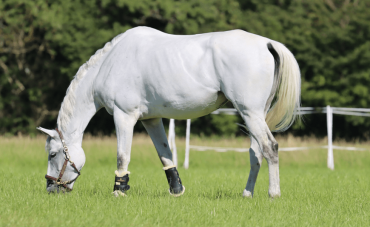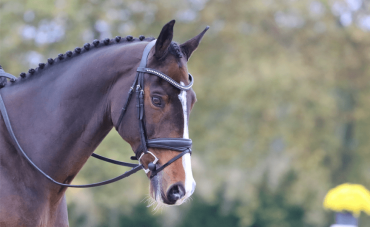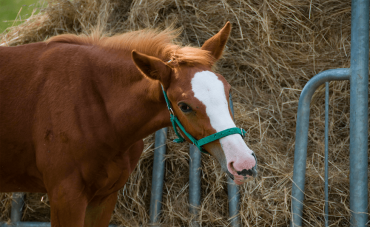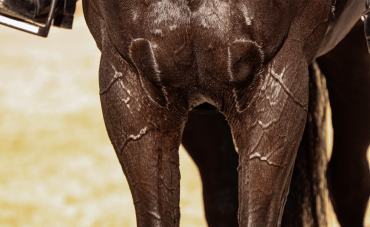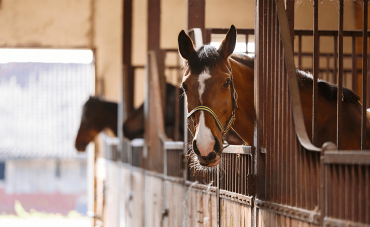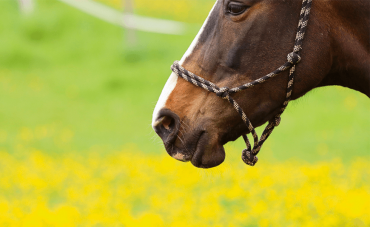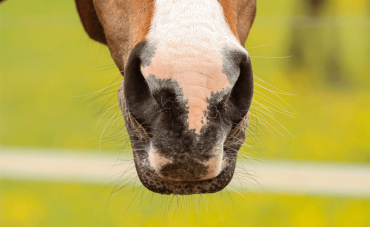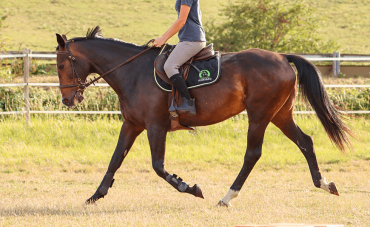We talk a lot about the equine health, but it is also important to take a look at its anatomy. The skeleton of your horse will be essential to its good locomotion and performance.
The skeleton: the foundation of your horse
When we talk about the horse's skeleton, we are talking about all the bones that make up its body. The skeleton is composed of 206 bones, which represents 8% of the horse's total mass.
The notion of "foundation" is used to talk about the skeleton because its primary role is of course to ensure the support and structuring of the horse's body, whether at rest or during exercise. But the skeleton also has other roles such as the protection of the horse's vital organs.
As with many species, the horse's skeleton is made up of different types of bones. Thus we will find :
- Long bones, such as the bones of the limbs
- Short bones, such as those making up the vertebrae or located in the bone structure of the feet
- Flat bones, such as the shoulder blade
The main components of the skeleton
We are not going to detail the 206 bones that make up the horse's body here, but we suggest that you take a closer look at the main parts that make up the skeleton:
- The cranial cavity: it is composed of 34 bones.
- The vertebral column: made up of 54 bones, including the vertebrae, which provide flexibility thanks to the discs. Among the vertebrae there are :
- 7 cervical vertebrae (located at the neck). These vertebrae are relatively mobile and the first two, the Atlas and the Axis, are articulated
- 18 dorsal vertebrae (along the back). They allow the ribs to be carried and are therefore relatively immobile. They also form the withers.
- 6 lumbar vertebrae (at the level of the kidneys).
- 5 sacral vertebrae (at the level of the croup). These vertebrae are fused together to form the sacrum.
- 15 to 18 coccygeal vertebrae (tail). These vertebrae are extremely mobile and it is these vertebrae that form the tailbone. - The two belts: these are what connect the horse's limbs to the rest of the spine. They are as follows:
- The scapular belt, located at the level of the shoulders, for the front legs
- The pelvic girdle, located at the level of the hips for the hindquarters. - The limbs: these are the elements on which the entire skeleton and organs rest. The link between the limbs and the spine is made by the two belts. The bones of the fore and hind limbs are not all identical, but there are similarities.
- Bones of the forelimb: scapula or shoulder blade, humerus, radius, carpal bones (knee), metacarpals, sesamoid bones, 1st, 2nd and 3rd phalanges. The combination of the end of the metacarpus, the sesamoid bones and the 1st phalanx form the fetlock. The 3rd phalanx is the bone in the hoof.
- Bones of the hind limb: femur, patella or kneecap, tibia, tarsal bones (hock), and then we find the same bones as on the forelimb.
For the horse to move, the bones must be interconnected. This is where the joints come into play and ensure the mobility of the bones. At the level of the joint, the bones are "bathed" in synovial fluid which is contained in an envelope: the joint capsule. The role of this liquid is to "lubricate" the joint and mainly the surface of the bones which is covered with cartilage. The joint capsule is made up of numerous ligaments which connect the different bones together and therefore play an essential role in the horse's locomotion.
The horse's skeleton would not be useful without the muscles and tendons either. It is the latter that will ensure the connection between the muscles and the bones of the horse.
No skeleton, no horse
It is certain that if your horse's skeleton is damaged or abnormal, this will have direct repercussions on its well-being and health. It is therefore essential to keep your horse as healthy as possible.
Here is a list of "classic" skeletal problems in your horse, the list is of course not exhaustive:
- Osteoarthritis : this is the breakdown of the cartilage in the joint which leads to pathological bone remodelling, i.e. bone useful to the joint is destroyed and useless bone is created.
- Fractures: as in humans, they can affect any bone.
- Navicular syndrome : can affect the navicular bone directly or the areas around it.
- Cysts: this is a hole that will form in the bone and cause pain to the horse.
If you have any doubts about the health of your horse's skeleton, we advise you to contact your vet.
That's it for this overview of your horse's skeleton. If you have any questions, don't hesitate to contact us on our social media.

